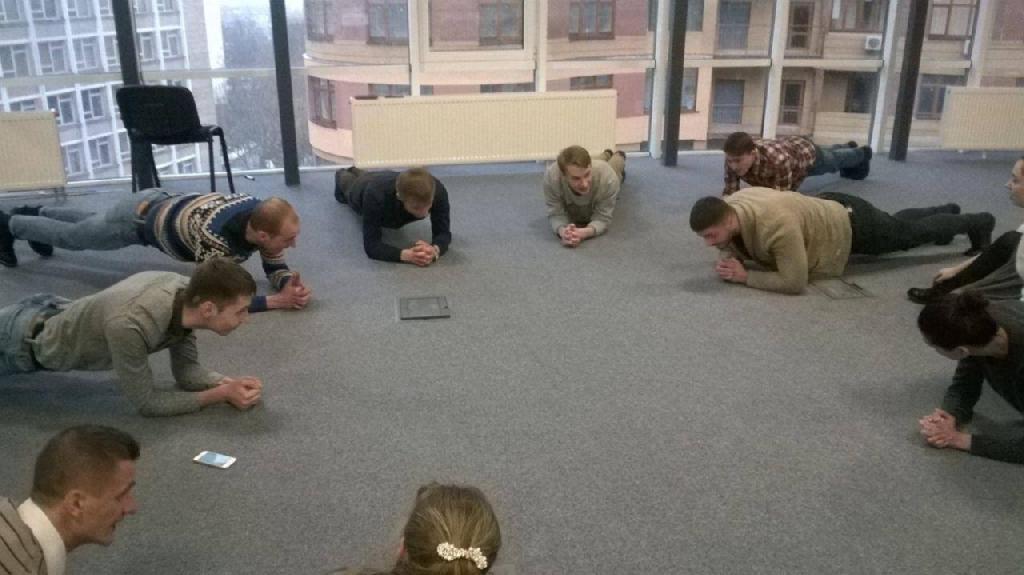According to a recent study by the Michigan State University, people who spend a lot of time sitting down are often plagued by slow cognitive function, long-term memory loss and generally poor mental health.
By contrast, the simple act of standing up has been shown to send blood and oxygen pumping throughout our bodies, activating a number of chemicals that not only enhance our brains but also improve our overall mood.
This, however, is merely the scientific case for an Agile practice that over time has proven itself indispensable to development teams across the world, including our own.
We are talking, of course, about stand-up meetings. Whether you know them as “scrums” or “huddles,” the daily stand-up is a powerful practice to increase team unity, coordinate efforts, and share problems and progress in a quick and effective manner.

How it works
Devised by renowned Software Architect James Coplien in 1993, the daily stand-up consists of a strictly time-limited meeting — no more than 15 minutes — during which team members take turns to answer three very simple questions: What did I accomplish yesterday, what will I do today, and what obstacles are impeding my progress?
Generally speaking, anyone directly involved in a project is required to attend the daily stand-up, and contrary to unpopular belief, these meetings are not to be seen as a time to solve problems.
Instead, stand-ups should be focused on getting everyone on the same page. Any issues that are raised must be dealt with only after the meeting has finished.
As the name suggests, the meeting also takes place standing up, so attempts to prolong it unnecessarily are appropriately met with impatient foot-tapping and the occasional stare of disbelief.
By no means, however, does this mean that stand-up meetings should be dull or unexciting!
Shaking things up
In fact, because the meeting is often the first thing to take place during the day, jazzing it up with an element of unpredictability is a great way to lift the spirits of your team and set them up for a pleasant and productive day at work.
This can be done in a variety of ways, from passing a yarn ball to create a fun conversational web, to giving prizes to the people who first arrive, to forcing the last person to come to wear a hideous cone of shame.
Obviously — we hope — that last example was a joke, but it serves to make an important point: unpredictability has the power to generate both excitement and momentum.
Just let our personal favourite, the daily plank meeting, speak for itself!
Expected Benefits
Naturally, like many other Agile practices, stand-up meetings are not without criticism, but these are more often than not the result of erring within the practice. For example, some teams are partial to long-winded conversations, while others engage in excessive play and banter.
Both are detrimental and can only be summarised as a useless waste of time.
On the other hand, the benefits of daily, methodical face-to-face interaction are difficult to dispute:
1. Teams are brought closer together
2. A shared understanding of goals is created
3. Team leaders are kept apprised of what is happening each and every day
4. Because problems are laid out in the open for everyone to see, stand-up meetings actually end up saving more time in the end!
And last but not least, in a profession traditionally dominated by hours of harmful sit-down work, stand-up meetings offer a boost of energy and engagement for software developers, noticeably increasing happiness levels and actively encouraging health and well-being.



